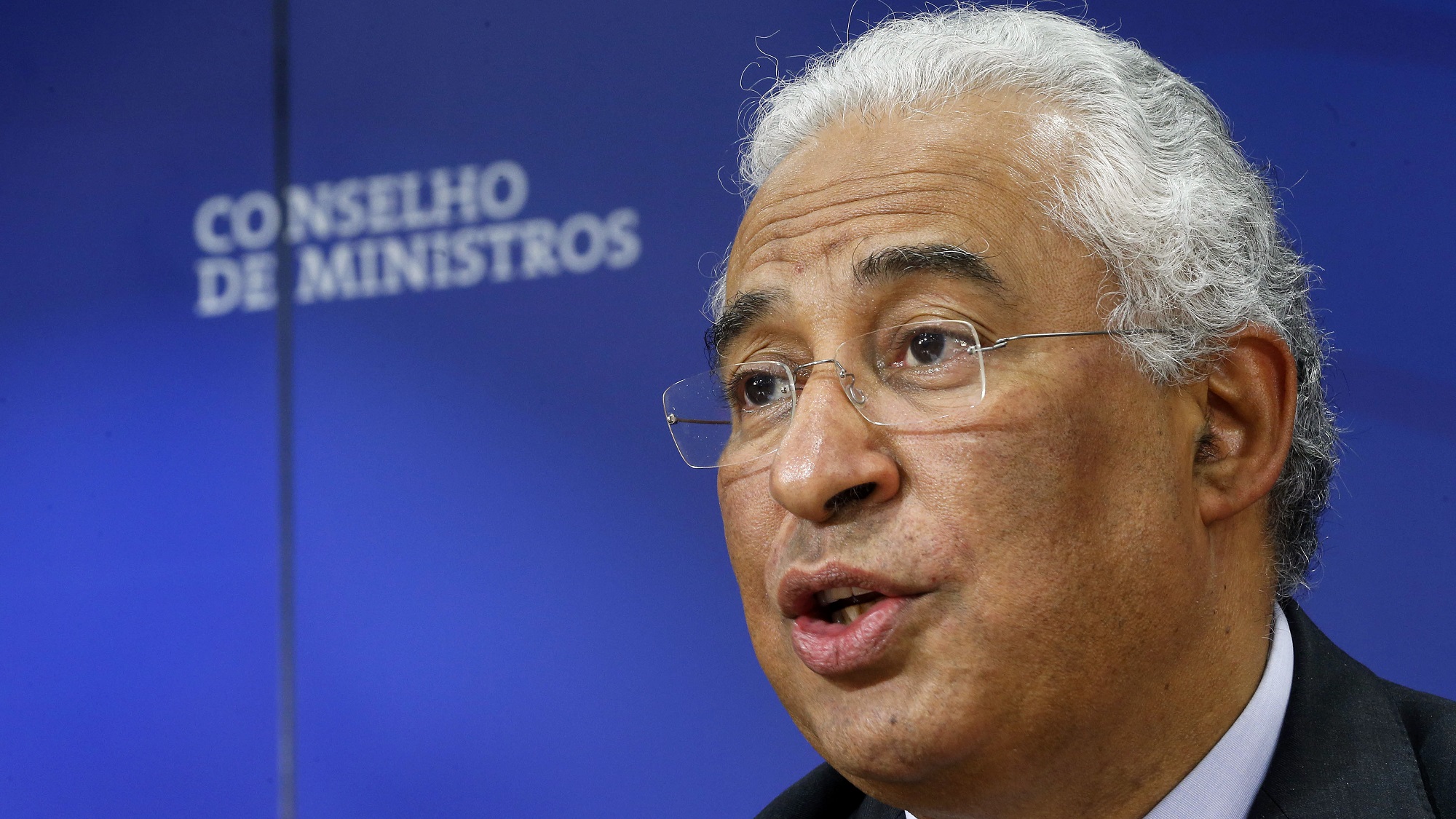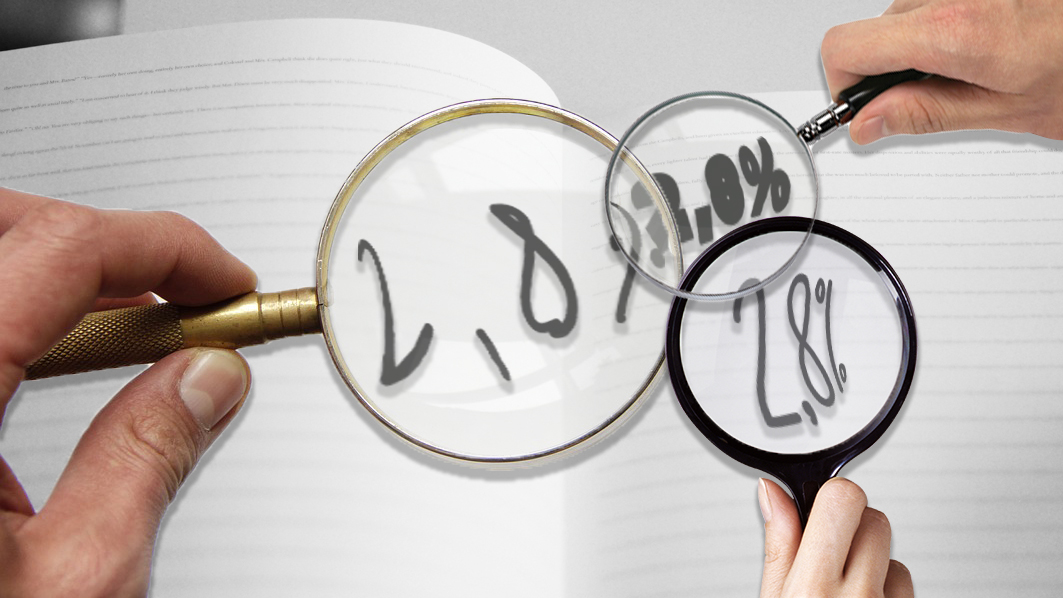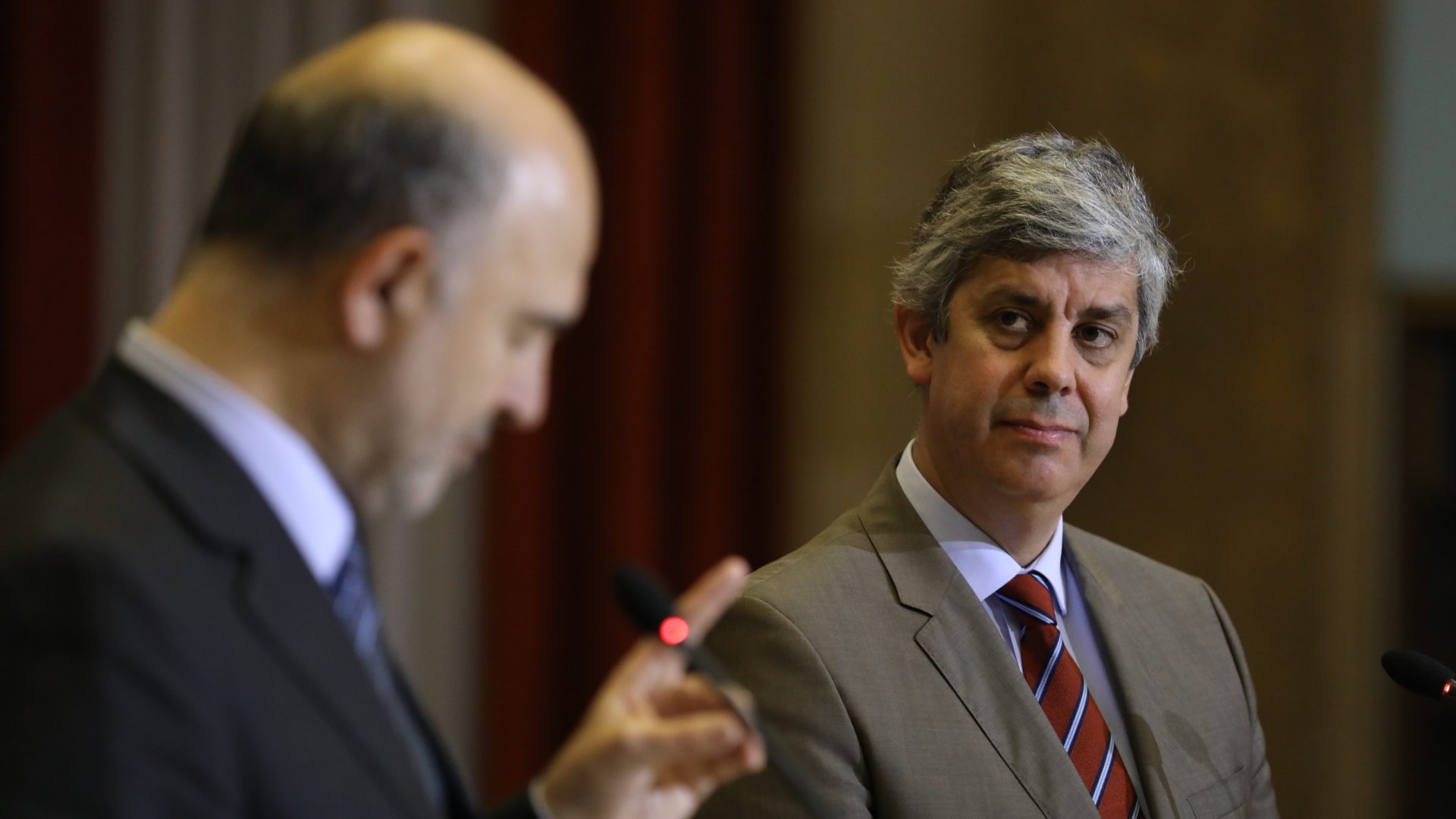INE makes an upward revision: GDP grows 2.9% in the second quarter
Two weeks ago, INE revealed that GDP had a 2.8% growth. This Thursday, it made an upwards revision of that percentage to 2.9%, close to some economists' expectations of a 3% increase.
Two weeks ago, INE (Statistics Portugal) revealed that the Portuguese GDP did not accelerate in the second quarter, maintaining the 2.8% growth it had in the first three months of 2017. Portugal has been having a better performance than the Euro Area for nine months now. Even so, growth did not live up to some economists’ expectations of a 3% growth. This Thursday, INE made an upward revision to 2.9% and gave further details on the evolution of the different components of GDP.
Unlike the quick estimate’s data, this Thursday’s document reveals that “net external demand maintained in the second quarter a
slightly positive contribution (0.1 percentage points) to the year-on-year growth of GDP in real terms”. On the other hand, internal demand accelerated in comparison to the previous quarter, “driven by the acceleration of Investment”, from 2.6% to 2.8%.
Comparing with the flash estimate previously released for the second quarter 1 , the new data, namely the deflators of international trade of goods, implied upward revisions on the GDP year-on-year and quarter-on-quarter change rates for the second quarter 2017.
In addition to making an upwards revision of the homologous growth, INE also made an upward revision of the quarter-on-quarter growth, from 0.2% to 0.3%. Even so, this is a smaller percentage than the quarter-on-quarter variation of the first quarter, which was 1%. In that case, the contribution of net external demand was negative for the quarter-on-quarter variation. There was “a slight reduction of Exports of Goods and Services”, INE states. On the other hand, domestic demand had a positive contribution thanks to the variation in Inventories and Gross Fixed Capital Formation (GFCF).
Investment was the most highlighted indicator that INE’s Quarterly National Accounts from April to July. The homologous growth went from 7.7% in the first quarter to 9.3% in the second quarter. The component which gave the largest contribution to the acceleration of Gross Fixed Capital Formation (GFCF) in the second quarter of 2017 was the transport equipment, “reflecting particularly the evolution of motor vehicles component”. The Construction component also accelerated.
The evolution of inventories (what’s in stock) was crucial when comparing both quarters. “The contribution of Changes in Inventories to GDP quarter-on-quarter variation was positive in the second quarter (0.8 percentage points), after the negative contribution of 0.5 percentage points in the previous quarter”, INE explains.
Still considering domestic demand, both private and public consumption contributed less to the evolution of GDP for the homologous comparison. “The behavior of public consumption since the second half of 2016 was influenced by the reduction in the number of weekly hours worked in Public Sector, from 40 to 35 hours, with the consequent rise in the deflator component of compensation of employees and a negative effect in volume”, INE’s highlight emphasizes.
As for private consumption, although there has been some investment in cars, families did acquire less vehicles. Expenses with durable goods increased at a less intense rate, “due to the deceleration of the motor vehicles component”, INE states.
As for external demand, exports of services had a 13.6% increase in the second quarter, absorbing some of the impact of the increase in imports. In addition, “in the second quarter 2017, the losses in the terms of trade were less intense compared to the previous quarter”, INE states. This was one of the reasons that made INE revise the GDP: “Comparing with the flash estimate previously released for the second quarter 1 , the new data, namely the deflators of international trade of goods, implied upward revisions on the GDP year-on-year and quarter-on-quarter change rates for the second quarter 2017”.
This upwards revision to 2.9% surpass the 2.8% from the first quarter of 2017, but it also surpasses the fourth quarter of 2007 percentage, as well as the second quarter of 2004 and of 2001. This economic growth close to 3% is only surpassed by the 2000 percentages, when GDP grew more than 3%. 17 years have gone by since Portugal had this much GDP growth in a quarter.




